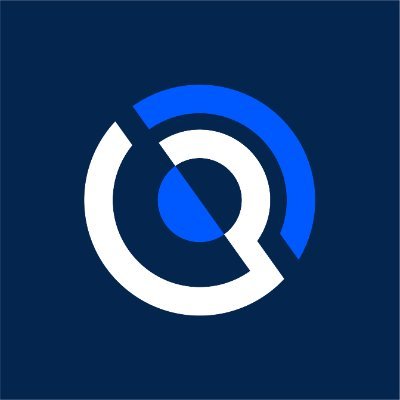India, China move to mend economic ties after Trump’s tariff hikes

India and China are working to repair their weakened economic ties, marking a change as Prime Minister Narendra Modi strengthens links with other BRICS nations after the United States sharply raised tariffs.
According to individuals briefed on the discussions, commercial passenger flights between the two countries might restart as early as next month. Bloomberg shared, the announcement could coincide with Modi’s planned visit to China later this month for the Shanghai Cooperation Organization summit in Tianjin, his first trip there in seven years, where he is expected to hold talks with Chinese President Xi Jinping.
Air connections had been suspended since the Covid-19 pandemic began, alongside a rapid deterioration in relations triggered by a 2020 Himalayan border clash that left 20 Indian soldiers and an unspecified number of Chinese troops dead.
The move toward restoring flights comes after a major change in India’s trade position. Earlier this month, U.S. President Donald Trump raised tariffs on Indian products to 50 percent, penalizing New Delhi for continuing to purchase oil from Russia. He coupled the decision with sharp criticism, describing India’s economy as “dead” and calling its trade barriers “obnoxious.”
Tariffs hit India’s economy hard
The increased duties dealt a significant blow to India, whose largest trading partner is the U.S. Modi had earlier shown strong public support for Trump, even being one of the first foreign leaders to visit Washington following Trump’s return to the White House. As previously reported by Cryptopolitan, China had already been moving to strengthen trade with India in anticipation of Washington’s tariff escalation
Henry Wang, who leads the Center for China and Globalization in Beijing, said the current phase represents an “up cycle” in bilateral ties. As influential members of the Global South, he noted, “They have to really speak to each other.” Wang also said Washington’s tariff actions have reinforced India’s need to retain “strategic autonomy and strategic independence.”
China, which has also faced Trump’s trade measures, has responded with gestures of cooperation. Earlier this month, Beijing loosened controls on fertilizer exports to India, the world’s top buyer of urea. Though shipments remain small, the trade could grow and help stabilize both supply and prices worldwide.
Commercial cooperation may expand in other areas as well. Sources say Adani Group is in negotiations with Chinese electric vehicle manufacturer BYD Co. to produce batteries in India, a move that would strengthen Adani’s clean-energy operations.
Indian tourist visas for Chinese citizens restored
On the travel side, the Indian government has recently reinstated tourist visas for Chinese visitors after years of restrictions. China is still India’s second-largest trading partner after the U.S., and provides vital components for India’s manufacturing industries.
Nonetheless, mutual confidence is unlikely to return quickly. The two nations have been strategic competitors for decades, and tensions resurfaced earlier this year when China supplied Pakistan with arms and intelligence during its standoff with India.
Ties with Washington have also cooled. Officials in New Delhi say part of Trump’s irritation stems from Modi publicly rejecting his claim to have mediated in an India-Pakistan dispute. Modi is said to have directly disputed that assertion in a June phone call, after which Indian officials noticed a shift in tone from the White House.
At the same time, Modi is building closer links with other BRICS members. In August, he invited Russian President Vladimir Putin to visit India, despite U.S. objections to New Delhi’s ongoing purchases of discounted Russian oil. Earlier this month, India and Russia signed fresh trade-boosting agreements.
Trade discussions have also progressed with Brazil. In July, Modi met President Luiz Inacio Lula da Silva in Brasilia to focus on expanding commerce between the two countries. The two leaders agreed in an August call to broaden India’s trade pact with Mercosur, the South American trade bloc including Brazil.
Cryptopolitan Academy: Coming Soon - A New Way to Earn Passive Income with DeFi in 2025. Learn More


.jpg)

.jpg)
